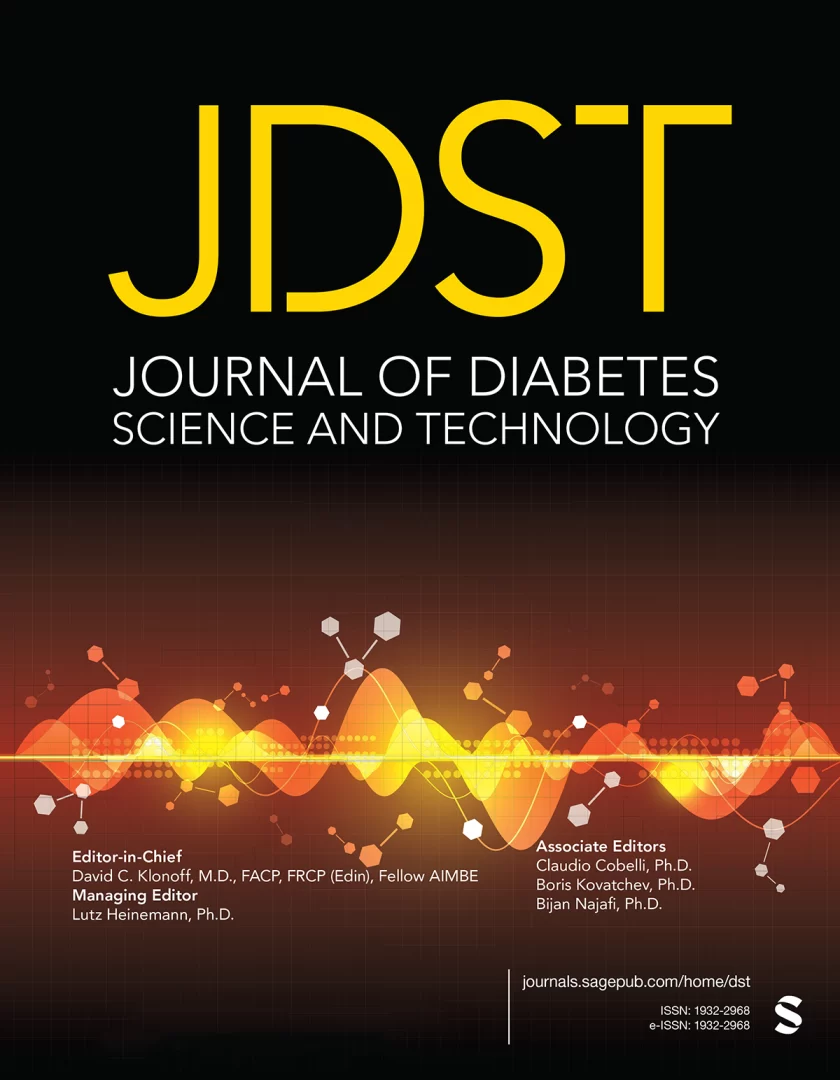Looking Beyond Body Mass Index (BMI)

Original Article: https://www.medscape.com/viewarticle/move-beyond-bmi-new-european-obesity-framework-advises-2024a1000cir
Recently, the European Association for the Study of Obesity (EASO) suggested moving beyond Body Mass Index (BMI) alone when diagnosing and classifying obesity. Instead, it is proposed that an algorithm that incorporates BMI, as well as abdominal fat accumulation and clinical information, would be more useful. BMI alone may not fully capture health risks associated with obesity.
A Holistic View of Obesity
The framework introduces several new diagnostic criteria and recommendations. It lowers the BMI cutoff to ≥ 25 kg/m² combined with a waist-to-height ratio > 0.5 to identify individuals at risk. This change acknowledges the importance of fat distribution and function in assessing obesity-related health risks. Additionally, the framework advocates for regular screening for obesity-related cancers and emphasizes assessing sarcopenic obesity in at-risk populations.
Promoting Healthier Lifestyles
The EASO statement also outlines “pillars of treatment” focusing on long-term, multidisciplinary management of obesity. It recommends behavioral modifications for all individuals with obesity and suggests considering psychological therapy, obesity medications, and bariatric surgery based on individual needs. Medications are advised as additions to behavioral changes, particularly for those with BMI ≥ 30 kg/m² or ≥ 27 kg/m² with obesity-related complications. Notably, the framework extends consideration for medications to adults with BMI ≥ 25 kg/m² and a waist-to-height ratio > 0.5 who also exhibit impairments or complications.
Conclusion
Future updates are expected to refine diagnostic parameters and treatment algorithms based on ongoing research and clinical advancements in obesity medicine.

